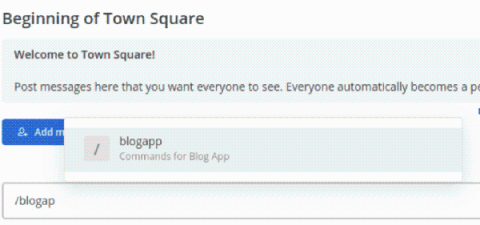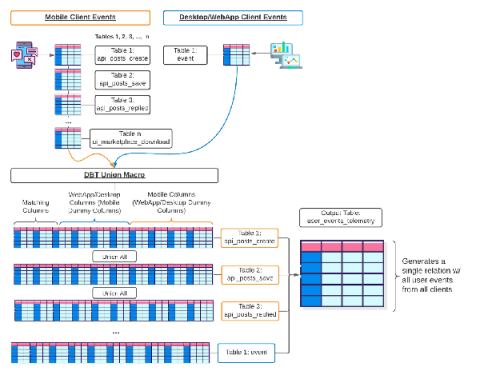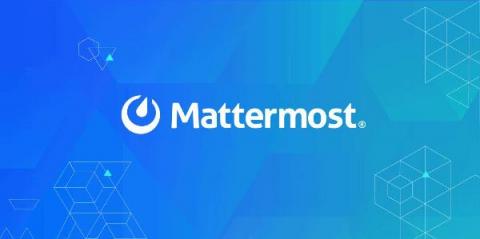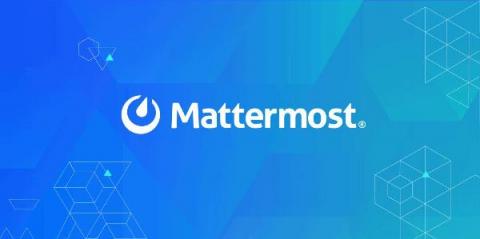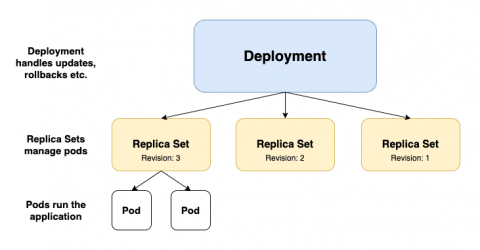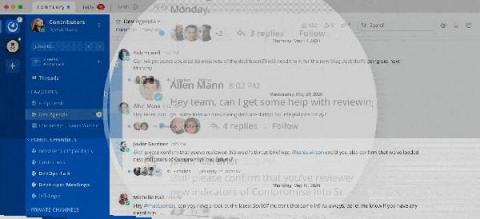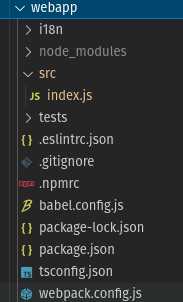Building an Integration? Here's When to Use Apps instead of Plugins
In the last few months, we have been working on a new Apps framework for developers. The idea behind this framework is to make it easier for more developers to integrate external applications or their own applications into Mattermost. But wait a moment, don’t we have Plugins for that? Yes, but Apps provide some advantages to developers over Plugins.


